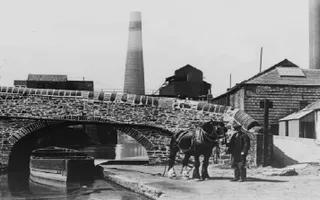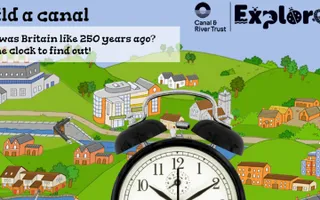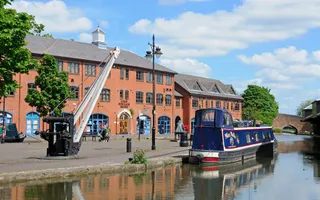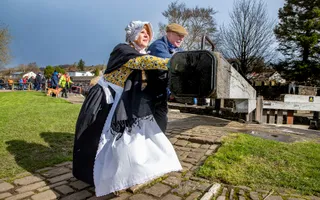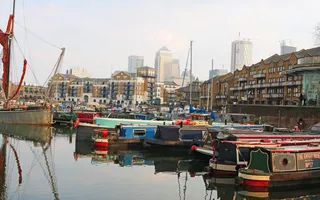Before canals were built, moving goods around was difficult. Items such as coal, food and pottery had to be moved by pack horse or a horse and cart. This was slow and one horse could not carry or pull much weight across the uneven, bumpy roads.
In Britain most canals were built during the Industrial Revolution to allow industrialists to move their materials and goods to and from their factories or mines. At the time canals were able to move heavier goods in large amounts, more quickly and smoothly than could be moved by road.
Canals were built to join up the most important places of industry with large towns and ports so that raw materials and manufactured goods could be moved much easier. The canals were expensive to build but were cheap to run, and some people made and lost their fortune by investing in canals.
The 1790s are sometimes called the decade of Canal Mania as so many canals were built and by 1840 there were nearly 4,500 miles of canals in Britain.





